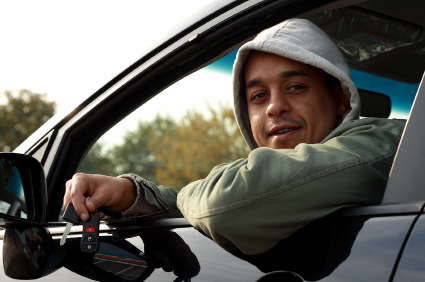
NOTE: This article includes additional content to describe new Illinois law after passage of Public Act 101-0173. Since its effective date of January 1, 2020, this Act adjusted the penalty structure for drivers who violate Scott’s Law (625 ILCS 5/11-907).
How many moving violations can I get before my license is suspended in Illinois?
The law in Illinois provides that drivers who are younger than 21 years old will have their licenses suspended for two or more moving violations within a two-year span (24 months). But not every traffic ticket will count towards the limit.
To be clear, the only traffic tickets that count towards the limit are moving violations. Moving violations are those that come from Chapter 11 of the Illinois Vehicle Code. If you are pulled over by the police and receive a traffic ticket, check the number of the statute you are accused of violating. A speeding ticket would say 625 ILCS 5/11-601(b), and the number 11 means that it is a moving violation.
Traffic tickets for issues like tinted windows, a cracked windshield, loud mufflers, no seat belt, or no front license plate are not considered moving violations. These offenses are called equipment violations. They do not come from Chapter 11 of the code and, therefore, do not count toward license suspension.
If the traffic ticket you received is for a moving violation, then you run the risk of driver’s license suspension. For purposes of counting the two moving violations, the 24-month period starts on the date of arrest from the last moving violation.
On a related note, certain moving violations can result in mandatory suspension of driving privileges. For example, drivers who fail to move over for emergency vehicles – which is a violation of Scott’s Law (625 ILCS 5/11-907) – can face license suspension, even for a first offense.
That being said, mandatory suspension is usually reserved for Scott’s Law violations that also involved property damage, physical injury, or death.